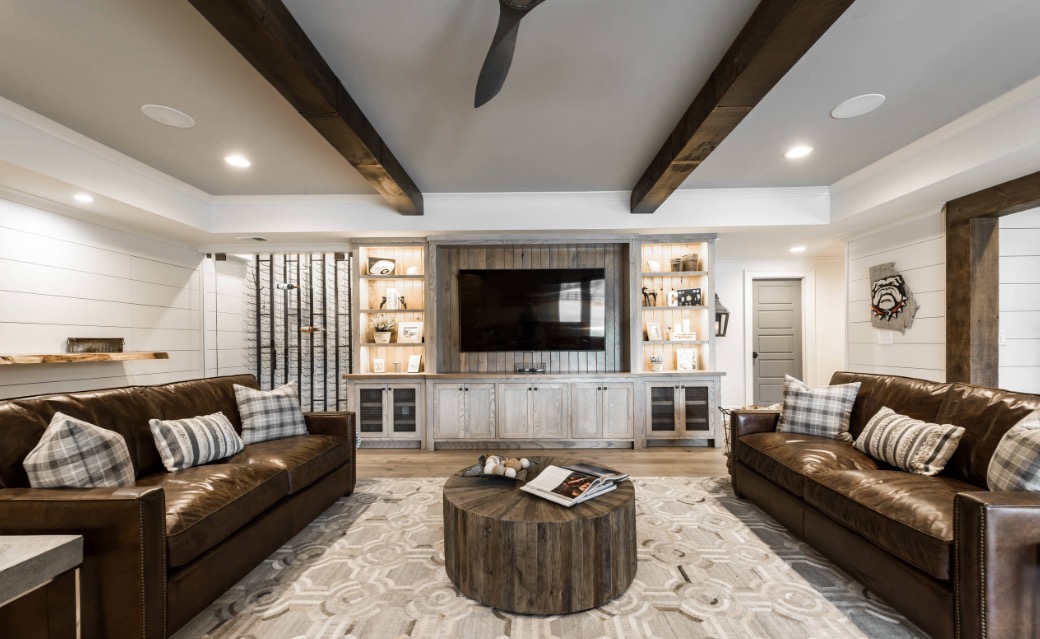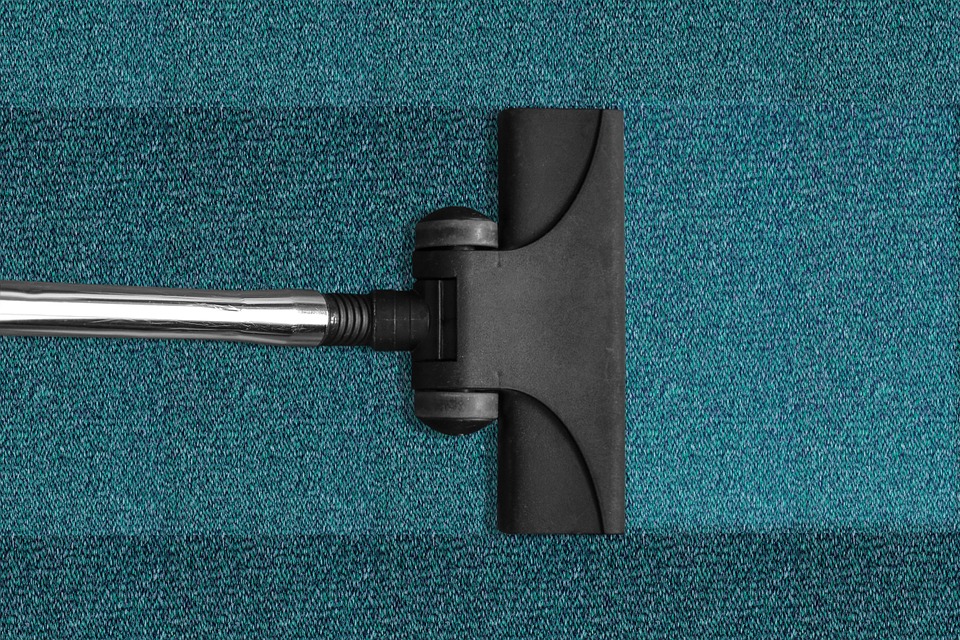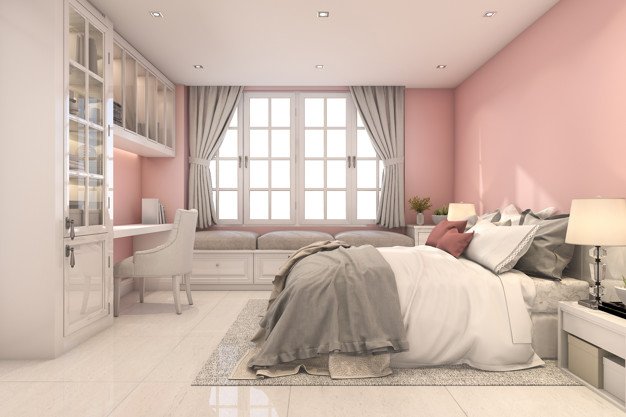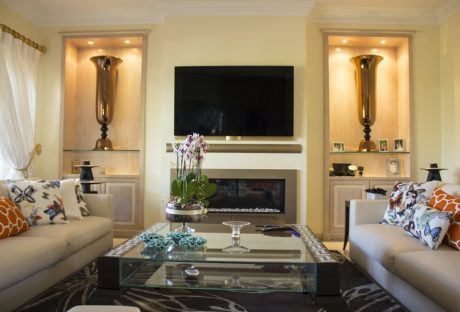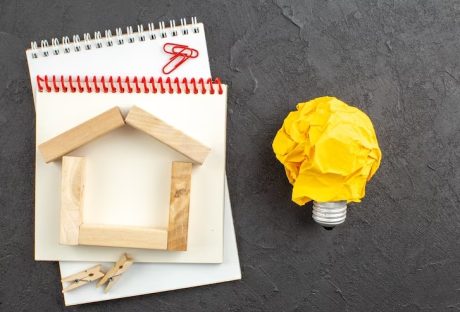Some homeowners are completely content to keep their basement relatively out of sight and mind. They don’t really mind that there’s an unfinished or partially finished space right underneath them, because, frankly, they don’t have much use for it.
That doesn’t make a whole lot of sense. With the scarcity of great real estate in modern urban centers and the skyrocketing price of homes, you would think that a homeowner would want to squeeze some life out of every little, liveable corner of their home.
That’s why many experts recommend you consider finishing your basement, making it either liveable (in which case you could rent it to help pay the mortgage, or offer it to a family member), or recreational (in which case it functions as a rec room). To help you on your way toward a finished basement, this article will discuss four key tips to bear in mind.
Plan the Layout for Usability:
Planning the layout of a basement is often the most consequential part of the process – it creates a blueprint for everything to come. Have utility and functionality in mind when planning the layout: if it is meant to be liveable, how can you make it more liveable? If it is meant to be recreational, what would you like the basement’s centerpieces to be? In either case, plan the main areas around natural light and open space. Give thought to the flow of rooms, starting with when you walk downstairs.
Protect Your Basement from Water:
The single greatest threat to a finished basement is water. Being the lowest space in a house, a basement is also the most susceptible. Hire a professional to consult on waterproofing, and get yourself two sump pumps, including a battery backup for your existing sump pump – you’ll need a plumber to aid in installation, but it’s worth it for sheer risk management.
Budget for the Use of Professionals:
Working off that last point, here’s an important, broad tip that homeowners should keep in mind: budget for bringing in pros. So many homeowners convince themselves that DIY construction, electrical, plumbing, etc. is going to be easy, only to find that it is incredibly complicated and that incorrect execution can have big consequences for the final product. There’s no shame in calling in pros, and, in fact, it might save you money in the long run.
Don’t Discount Looks:
As discussed, functionality is a crucial part of putting together a finished basement… but so is aesthetics. Consider trim for the walls, wainscoting, good flooring, and pleasing light fixtures. Put thought into the color and brightness of the room, as well as the arrangement of its furniture and components. Install and maintain good windows and, as a final touch, add some art to the walls. Don’t be afraid to head to the internet for inspiration. This collection of 50 basements remodels in a great place to start!
Don’t leave a whole floor of your home unfinished –start thinking about your dream basement today!
Read Also:













